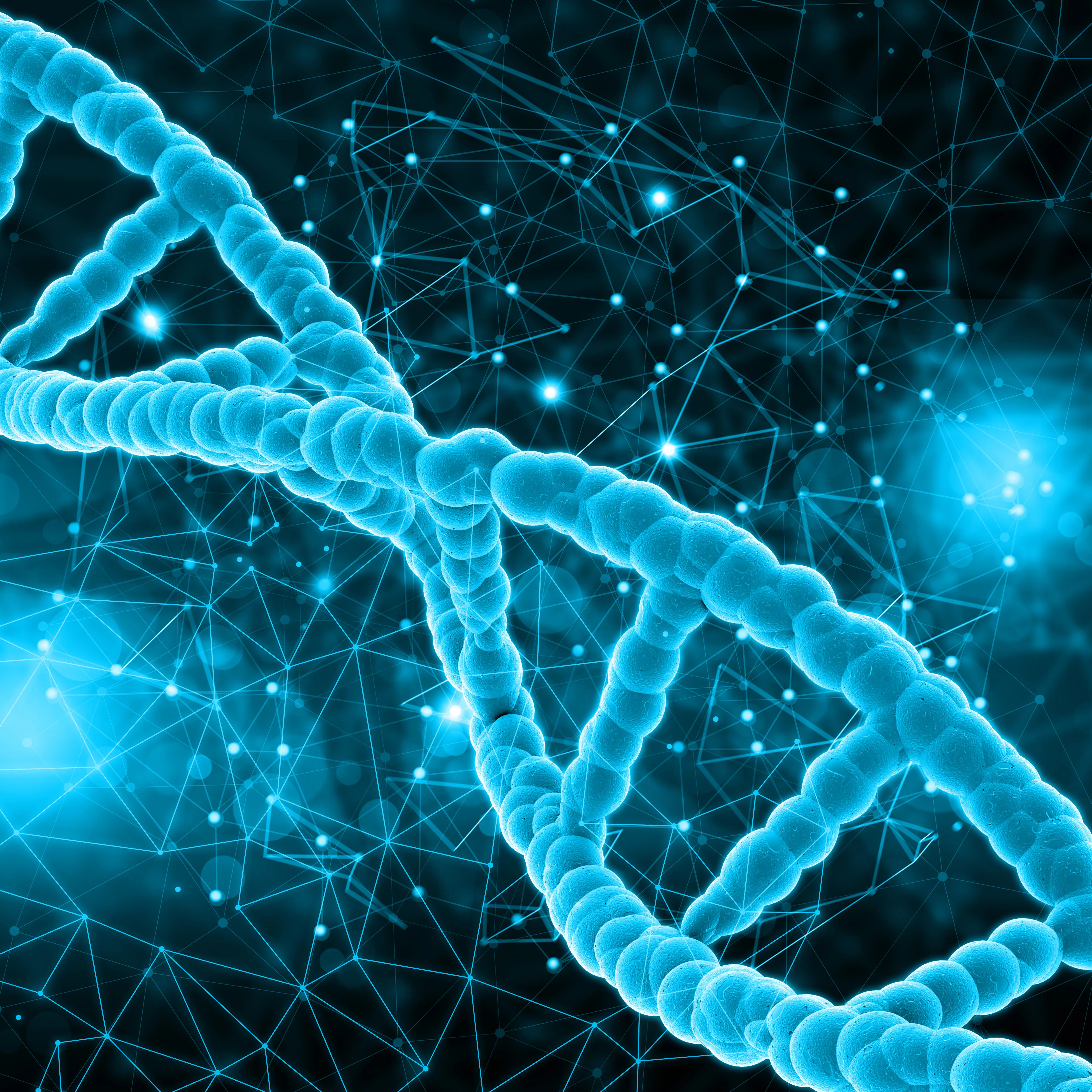Other Treatment Methods
- Dental anxiety / pain-free dental treatment
- Dental prosthesis
- Digital dentistry
- Gum treatment
- Orthodontics
- Pediatric dentist
- Prophylaxis / Professional Teeth Cleaning (PZR)
- Root canal treatment / Endodontics
- Sports dentistry
- Teeth grinding and CMD (Craniomandibular Dysfunction)
- Teeth whitening / Bleaching
- Veneers (dental shells)
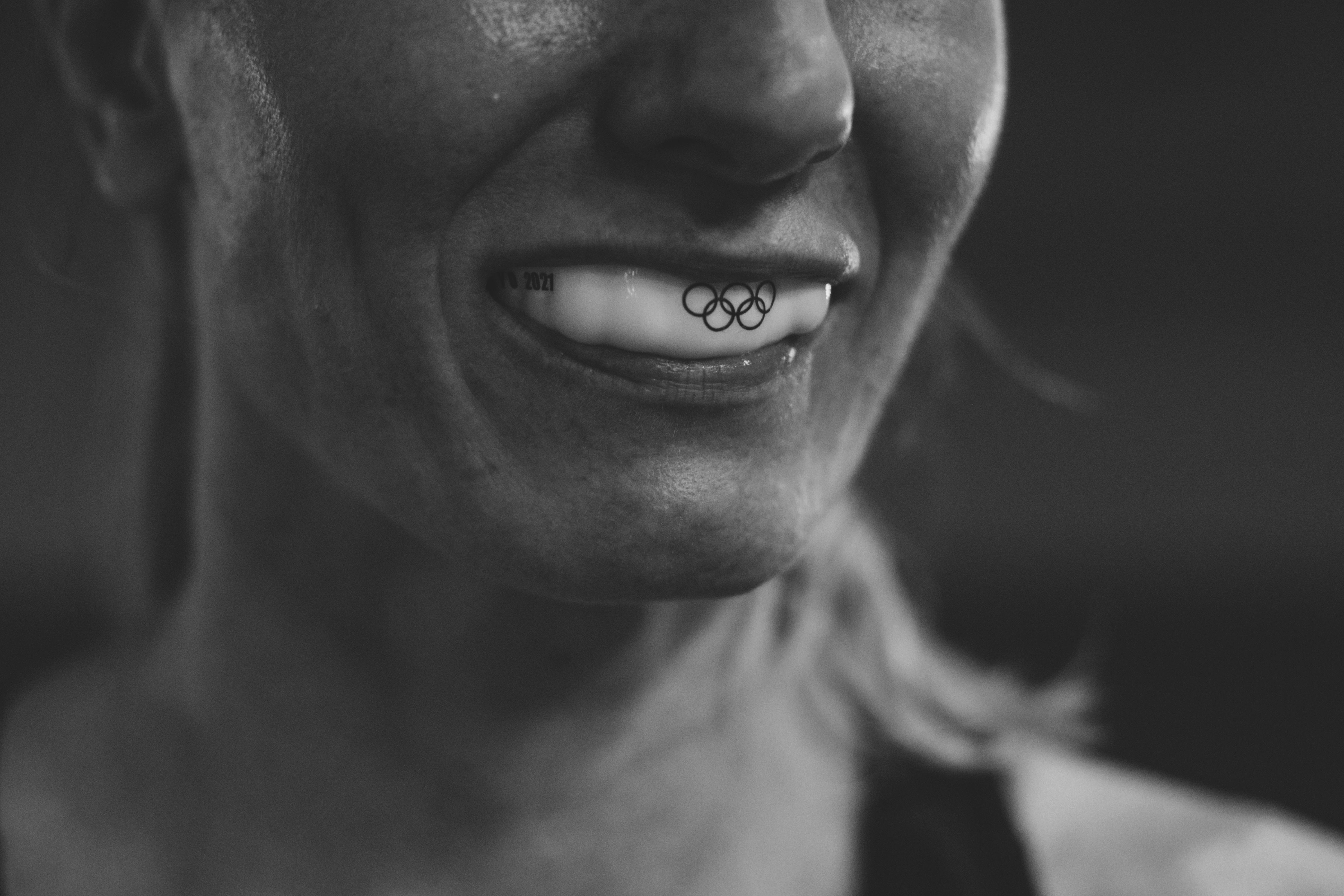
Sports dentistry
In recent years, the topic sports dentistry has been increasingly focused on in dental practices. What is already established in Japan and the USA - every professional club now places its own team sports dentist in training and on the sidelines - is still largely unknown in Europe and especially in Germany. Unfortunately, dentistry in sport has so far received too little attention, although the damage is not insignificant and goes far beyond the actual dental trauma in sports accidents .
In general, it can be said that sports dentistry deals not only with the treatment of wounds and injuries in the mouth, but also with performance-impairing factors such as hidden inflammations or incorrect bite. In 2012, the German Society for Sports Dentistry (DGSZM) was founded and registered as an association in 2016, with the aim of providing professional and recreational athletes nationwide, establishing uniform and scientifically tested standards, supervising studies and, above all, quickly providing athletes with experienced contacts. Some dentists of the Premium Medical Circle are also actively represented in the DGSZM and care for clubs and elite athletes.
Success begins in the mouth – with the right bite to the medal
In top-level sports, nuances often decide between victory or defeat; therefore, a performance improvement of just a few percent can be crucial. Hence, it is essential to work together with sports doctors, physiotherapists, and trainers to tap into these potentials. Sports dentistry can make a significant contribution to this, with non- or minimally invasive as well as holistic concepts being the focus. Based on serious studies, sports dentistry thus focuses on several key aspects with its treatment methods that are of great importance for an athlete and his success: balance, coordination, concentration, flexibility, range of motion, stability, maximum strength, endurance (Cortisol level decreases, endurance is increased), recovery (restful Sleep, Combination with snore splint) and psyche.
Health from head to toe
Due to many recent physiological findings, competitive athletes today are also professionally supervised in the dental field. Clubs in particular appreciate the modern possibilities of preventing injuries and enhancing performance through healthy teeth and balanced chewing. Impairments of the chewing organ can have a huge impact on athletic performance. Misalignments of the jaw can, for example, cause muscular irritations in the neck, back, and hip area generate. This increases susceptibility to injury.
Therefore, a close interdisciplinary network of internists, cardiologists, Orthopedistsphysiotherapists, and sports dentists: essential. If you will, sports dentistry serves as a link between disciplines. Studies have shown that oral health affects athletes' concentration and balance.
Relationships between general health and teeth
Athletes often underestimate the importance of oral health and its impact on their athletic performance. It's not surprising that oral health among professional athletes is lacking: Recent studies show almost 80 percent have gum disease and 55 percent have cavities. Reasons for this include, among other things, the special stressful situationsof sugary and "energized" dietsas well as insufficient education.
In endurance sports, isotonic drinks and carbohydrate-rich bars are frequently consumed, but their high sugar content and acids massively attack the tooth surface. These resulting inflammations can then directly affect metabolism and the body's own Acid-base balance. An athlete that is overly acidic will experience negative effects on their muscles and, as a logical consequence, on their performance.
Prevention
Inflammations in the mouth area can not only reduce athletic performance, but also increase susceptibility to injury and physical impairments like joint pain or heart rhythm disorders. Therefore, prevention with all the possibilities of pre-checks and injury prophylaxis is at the forefront of sports dentistry. This means any inflammation must be diagnosed and treated – whether it is that wisdom teeth have not erupted properly, gums are bleeding or teeth are infected. Athletes often suffer from root-dead teeth, which must either be treated or removed as a last resort. A necessary step, as dead teeth very often cause complications in body parts or organs. Once all inflammations have been successfully treated, it regularly leads to performance increases.
Mouthguards are not the same as toothguards
At first, one mainly thinks of the classic mouthguard in contact sports such as boxing, ice hockey or ski cross. This is intended not only to protect the teeth from fractures in the event of falls and accidents, but also to prevent concussions or facial injuries through buffering. Moreover, it has now been scientifically confirmed that so-called performance splints can sustainably improve athletes' performance and also protect against injuries. It is important to perfectly adjust the degree of hardness with comfort for wearing and breathing. In some sports, the so-called mouthguard or performance splint can also take on the additional function of a power splint. A perfectly fitted power splint can enhance an athlete's performance: "He has more bite".
However, an incorrectly fitted mouthguard can lead to tension in the masticatory muscles, just like a bad bite, which in turn affects the neck, trunk, and leg muscles negatively. As a result, injuries or chronic complaints often arise in completely different areas. Since this is often not associated with the bite, it can sometimes lead to a true medical odyssey. Targeted dental intervention has helped many prominent athletes here.
Digital motion analyses play an outstanding role in diagnostics. Individual, non-manipulated registrations of the bite situation with relaxed muscles are indispensable in professional sports. When biting the splint, the neuromuscular control circuit provides feedback to the brain and muscles that everything is in balance, leading to relaxation – the athlete is in sync. Additionally, athletes receive more oxygen, as the splint enlarges the throat opening.
The intraoral scan in combination with individual motion diagnostics is the challenge of the future. In the digital workflow, splints will be individually and reproducibly manufactured from scanning to CAD/CAM milling in the future. This also has the advantage that a new production in case of breakage or loss is uncomplicated and cost-effective. The glimpse into the crystal ball reveals that in the future it will be possible to equip sports splints with chips that capture exact data on the athlete's performance parameters. Additionally, numerous important metabolic information can be collected via saliva.
Rapid regeneration through muscle relaxation
Not only nutrition, breathing, and oxygen supply are of crucial importance for the top athlete after performance. For a relaxed, recuperative Sleep and the maximum oxygen uptake, sports dentistry, together with dental sleep medicine (e.g., snoring splints), can provide valuable assistance.
Sports dentistry is interesting for everyone
Most people engage in Sports and therefore the findings from sports dentistry can, of course, apply to everyone. Especially amateur sports are grateful for information and assistance when it comes to improving performance. A thorough dental examination and analysis of body posture and the influence of teeth on it makes sense for everyone. After all, no one wants to be restricted in their performance by unhealthy teeth.
Other Treatment Methods in this Department
Experts for this Treatment Method

- Aesthetics & Function in Dentistry
Dr. med. dent. Malte Schönrock M.Sc., M.Sc.
Dent Aesthetic
- Aesthetics & Function in Dentistry
Jan Kurtz-Hoffmann
Zahnärzte im Roßbachpalais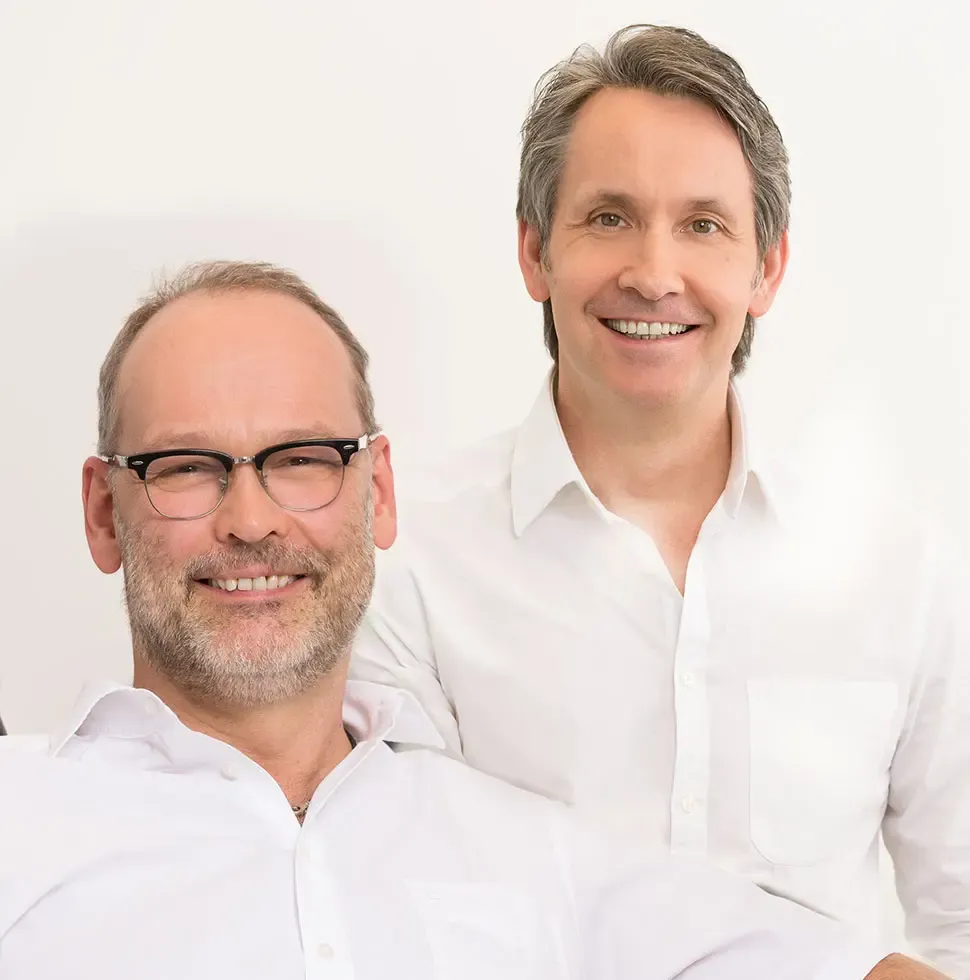
- Aesthetics & Function in Dentistry
Dr. med. dent. Oliver Brendel
Dinkelacker & Brendel
- Aesthetics & Function in Dentistry
Zahnarzt Robert Svoboda M.Sc.
ZahnGesundheit Oberkassel
- Aesthetics & Function in Dentistry
Dr. med. dent. Nico Lindemann
Zahnärzte im Roßbachpalais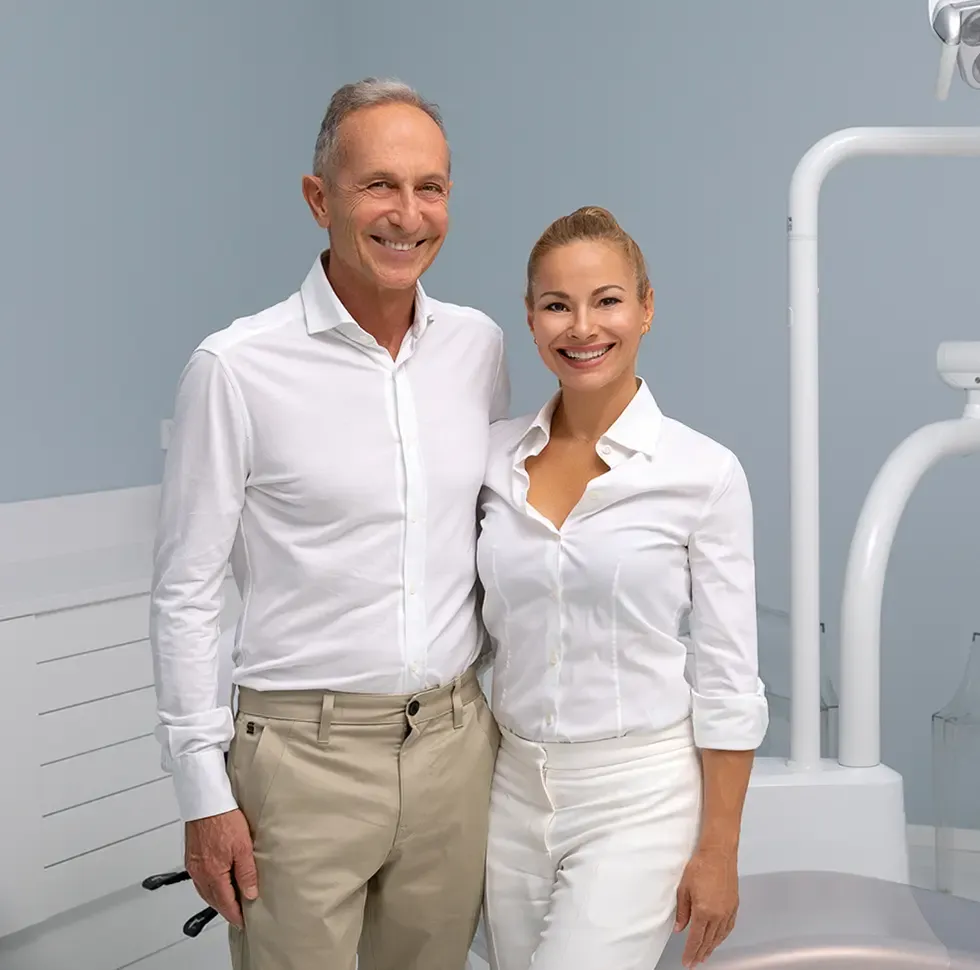
- Aesthetics & Function in Dentistry
Dr. med. Tímea Wicker
Fehér Dental Team, Smile LoungeAll Experts in this Department
Show All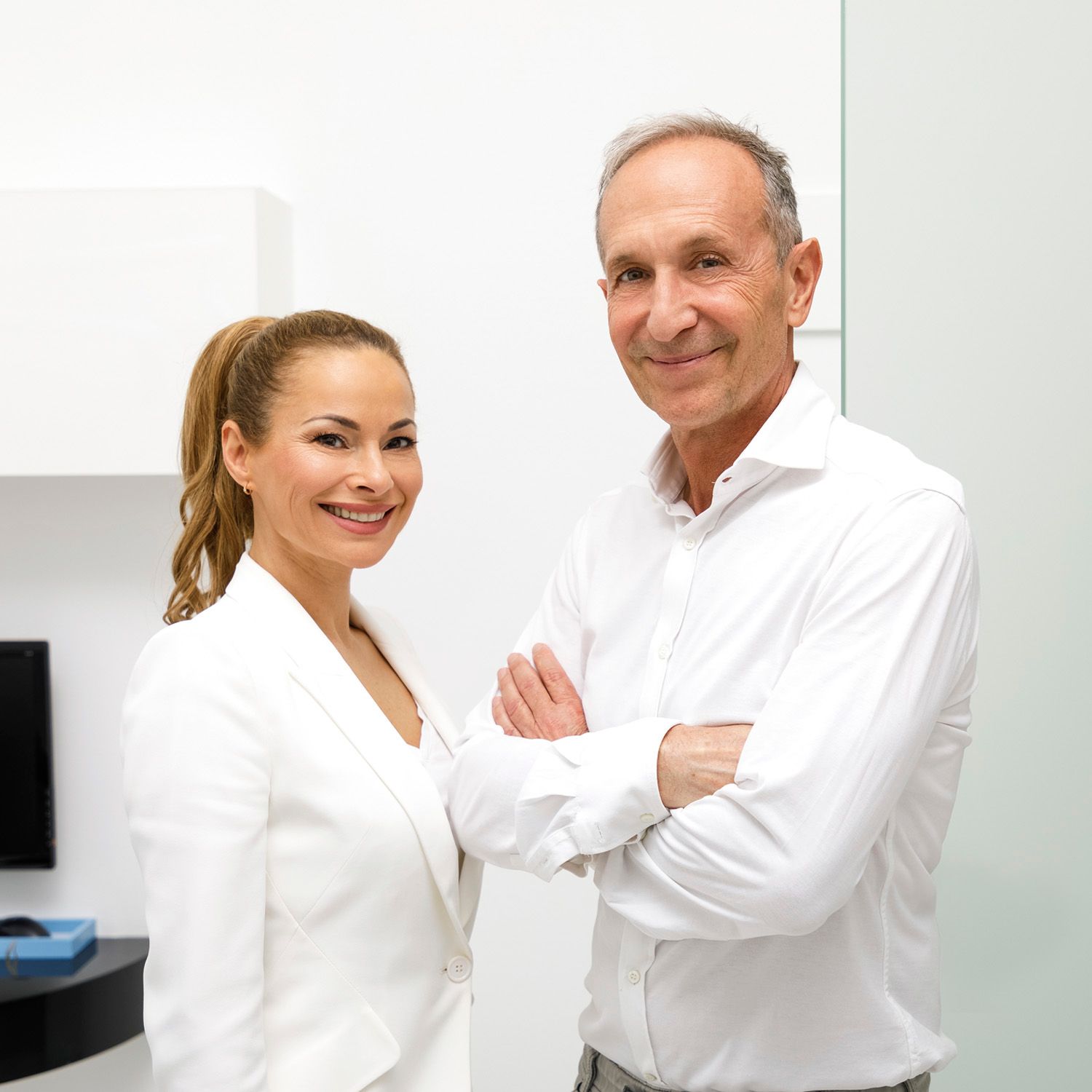
- Aesthetics & Function in Dentistry
Dr. Dr. Ákos Fehér
Fehér Dental Team, Smile Lounge
- Aesthetics & Function in Dentistry
Dr. med. dent. Malte Schönrock M.Sc., M.Sc.
Dent Aesthetic
- Aesthetics & Function in Dentistry
Jan Kurtz-Hoffmann
Zahnärzte im Roßbachpalais
- Aesthetics & Function in Dentistry
Dr. med. dent. Tore Thomsen
Zahnarztpraxis Dres. Thomsen & Kollegen
- Aesthetics & Function in Dentistry
Dr. med. dent. Oliver Brendel
Dinkelacker & Brendel
- Aesthetics & Function in Dentistry







